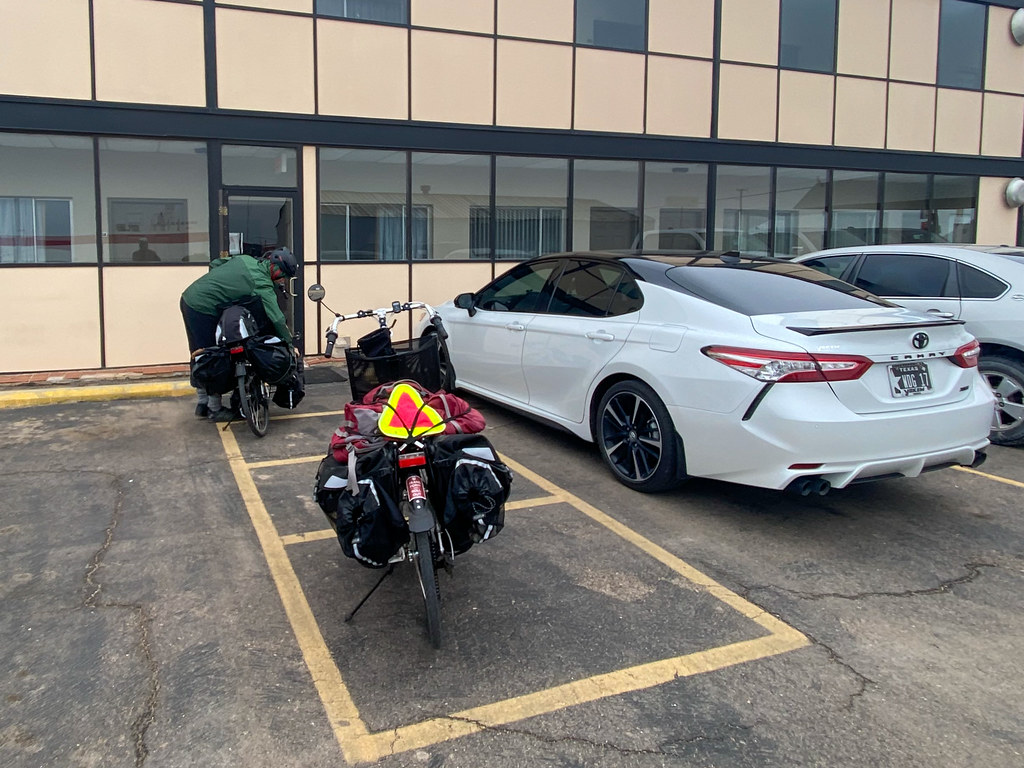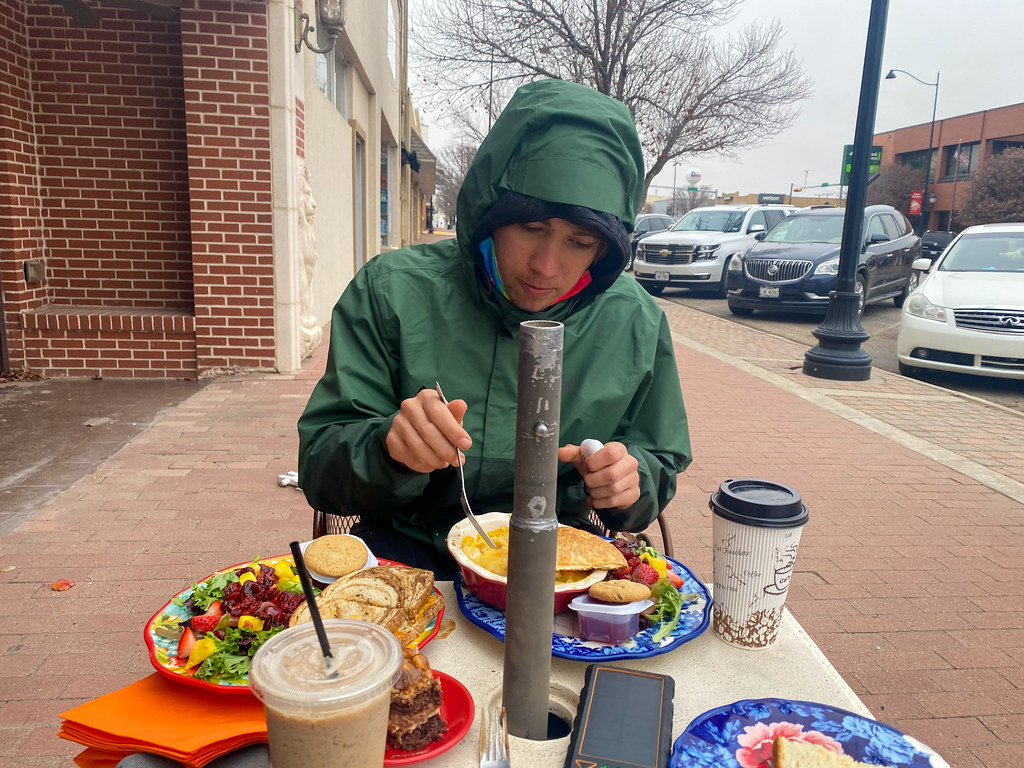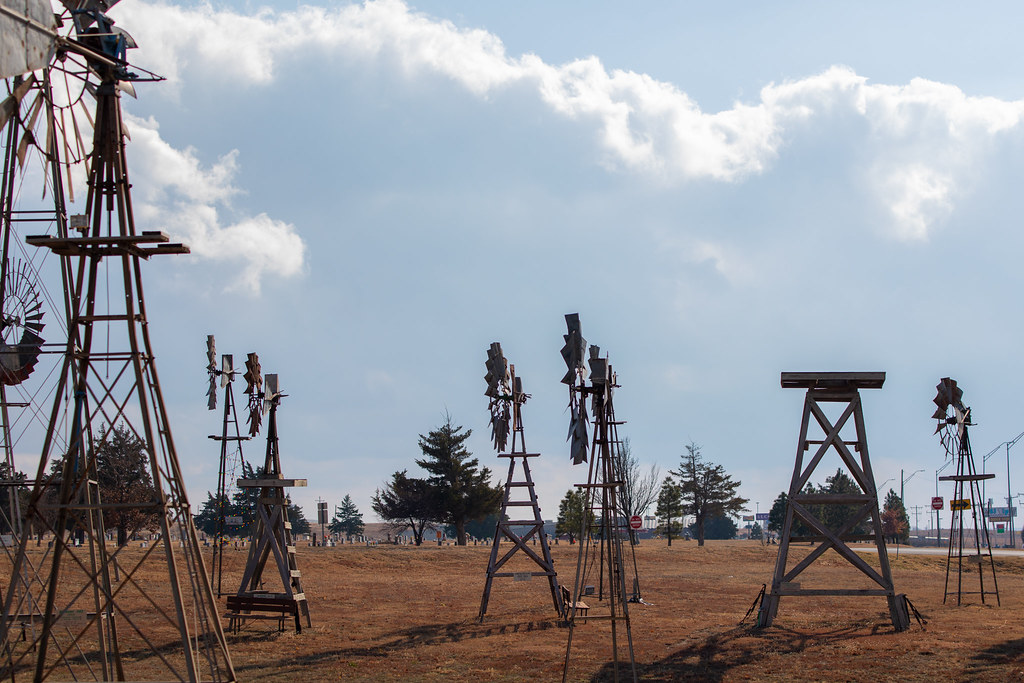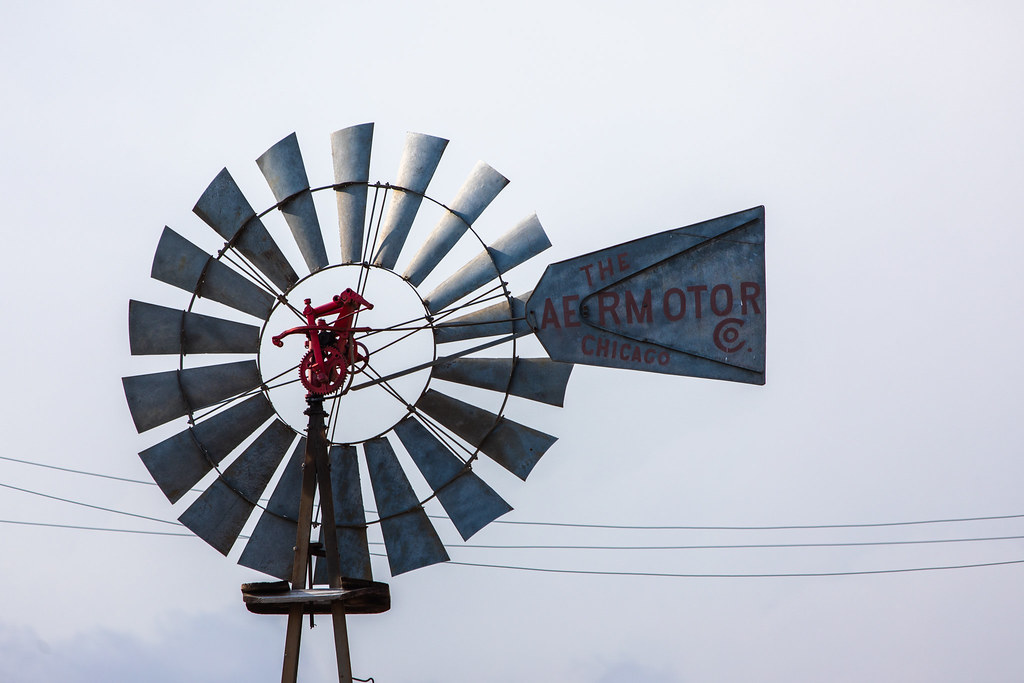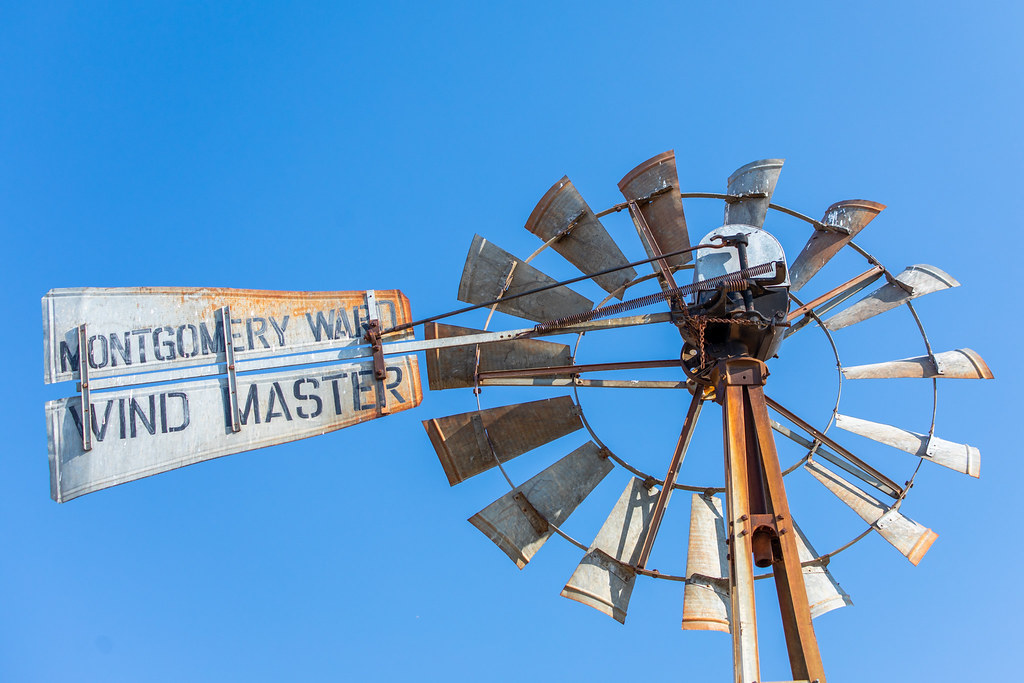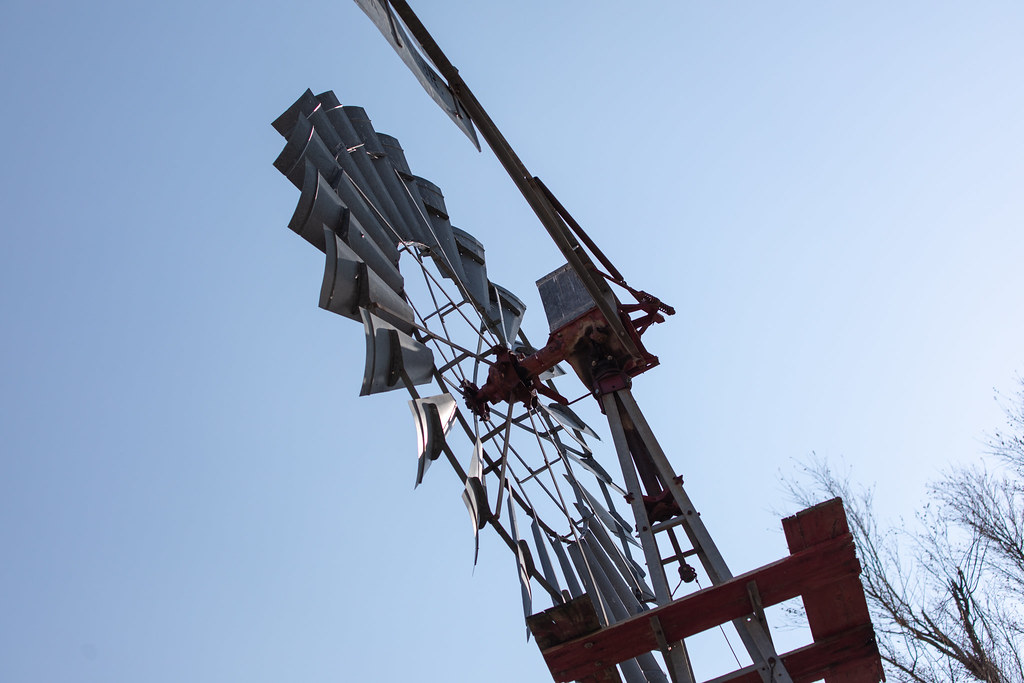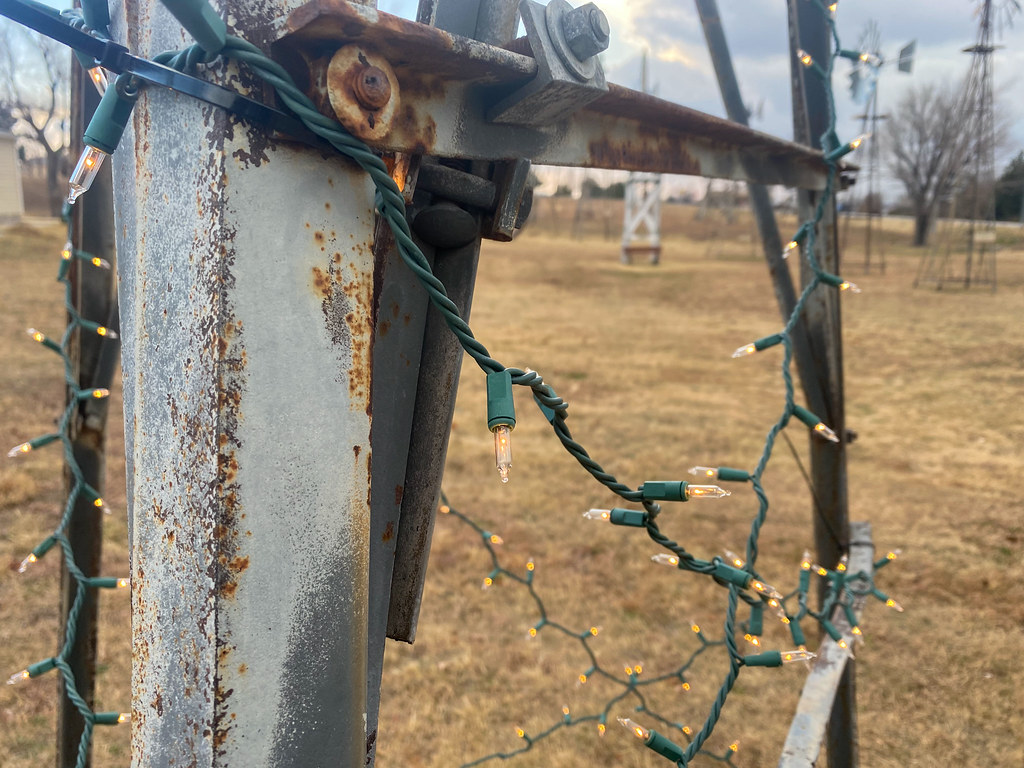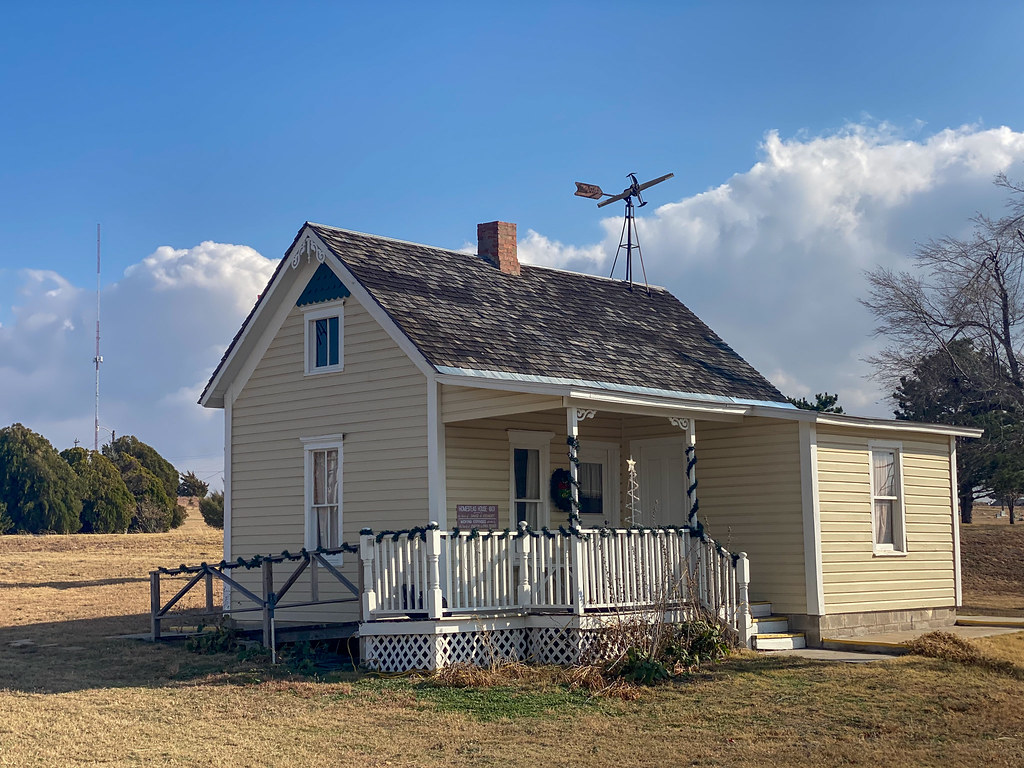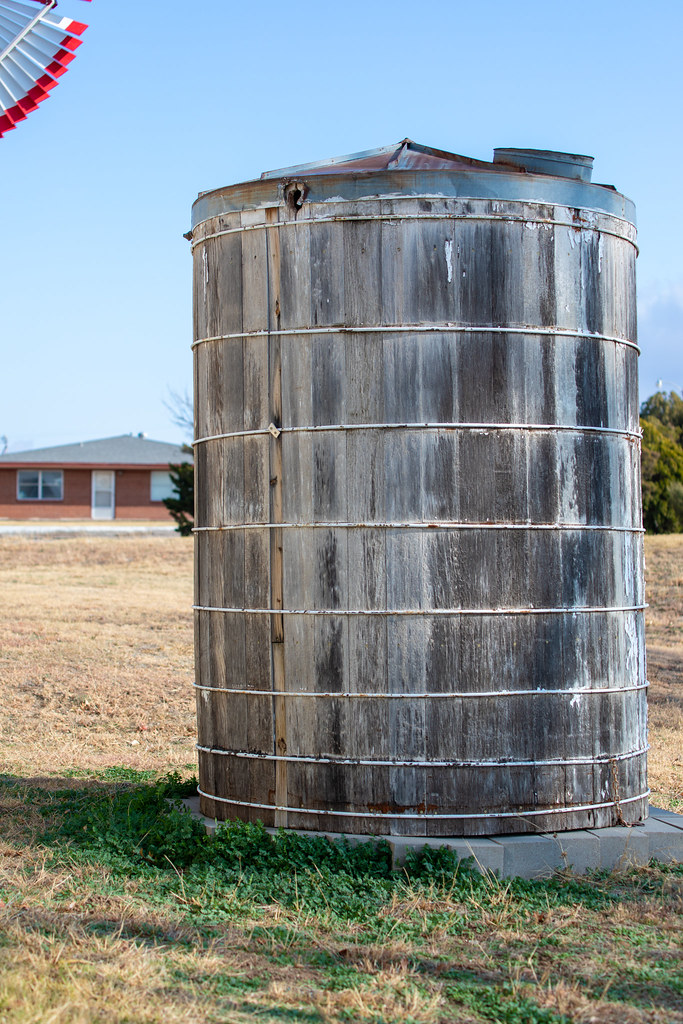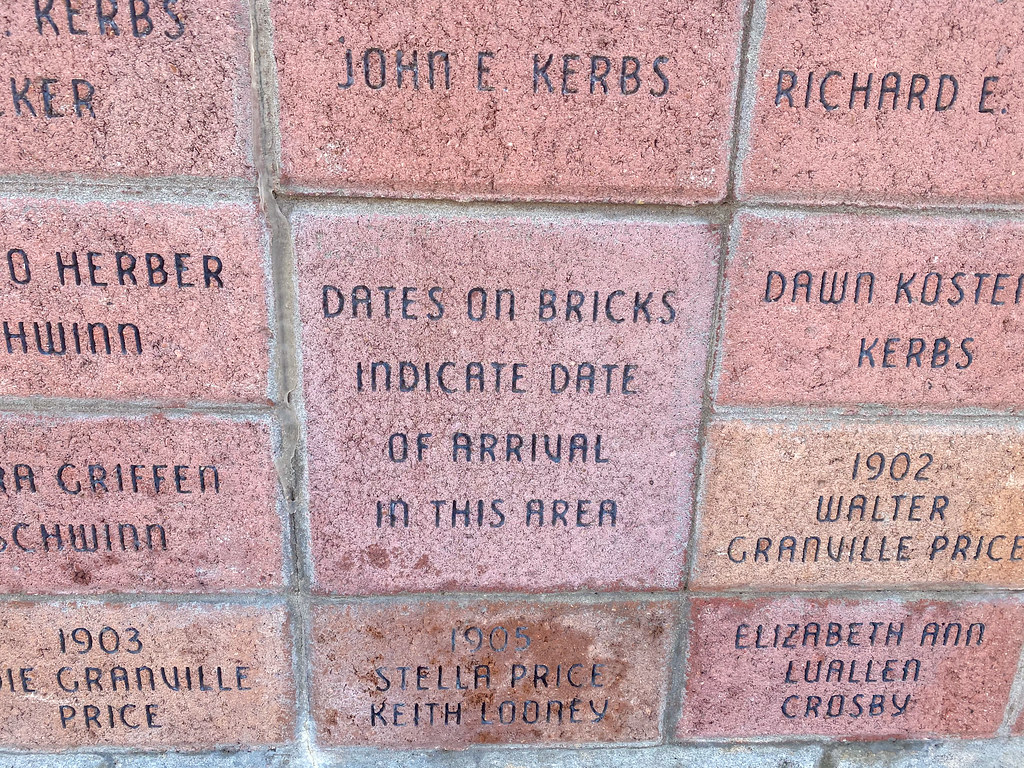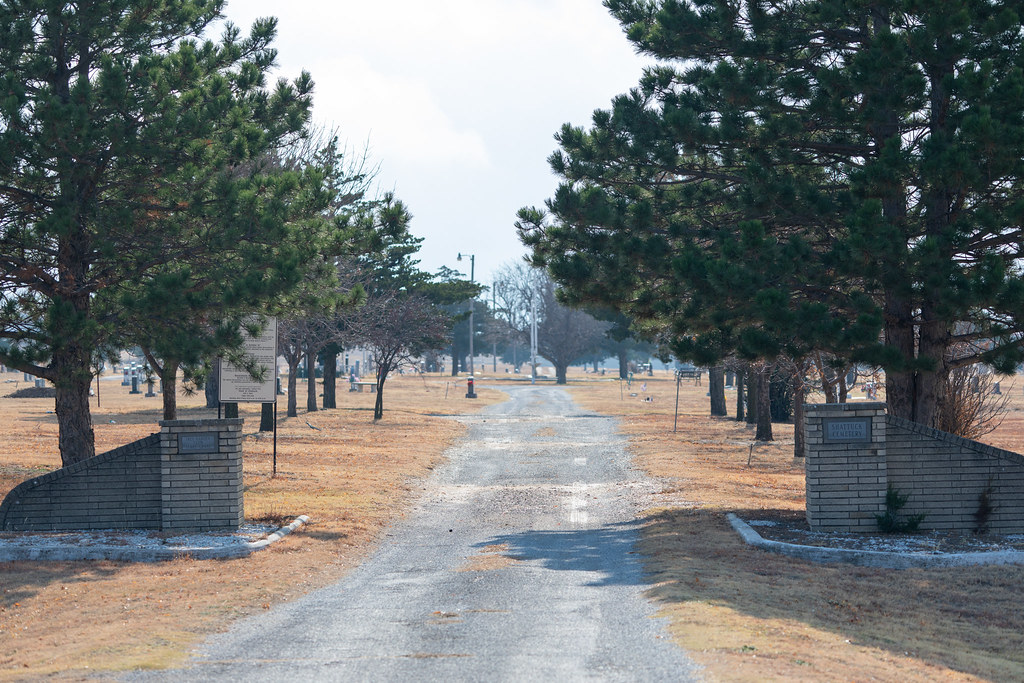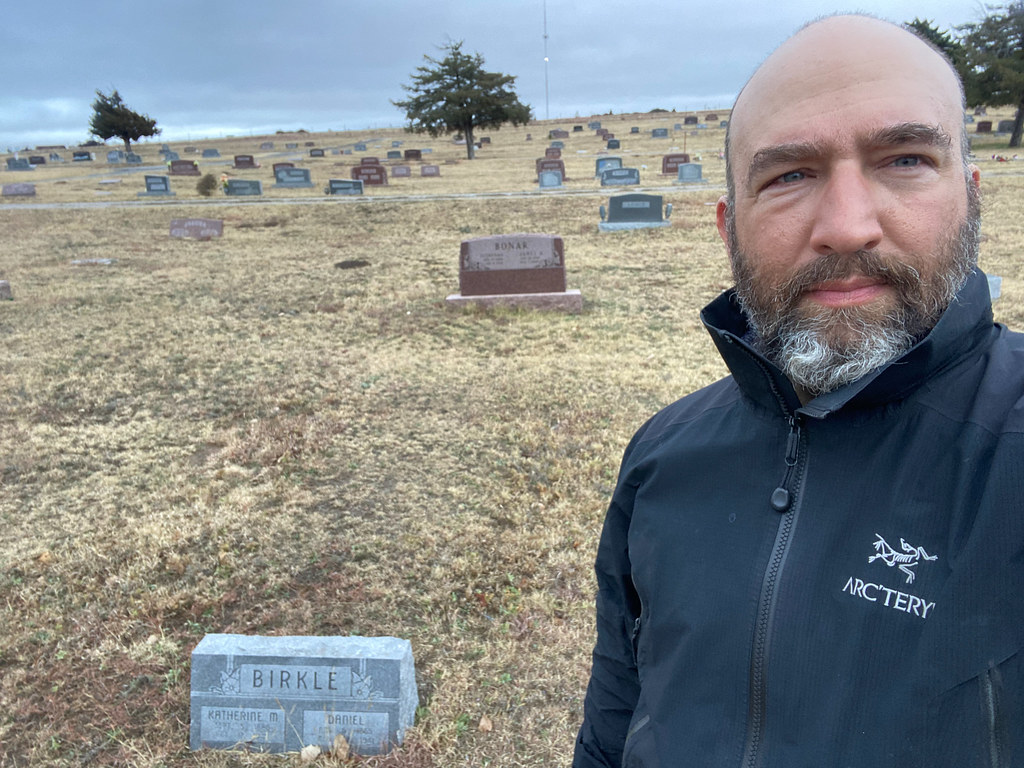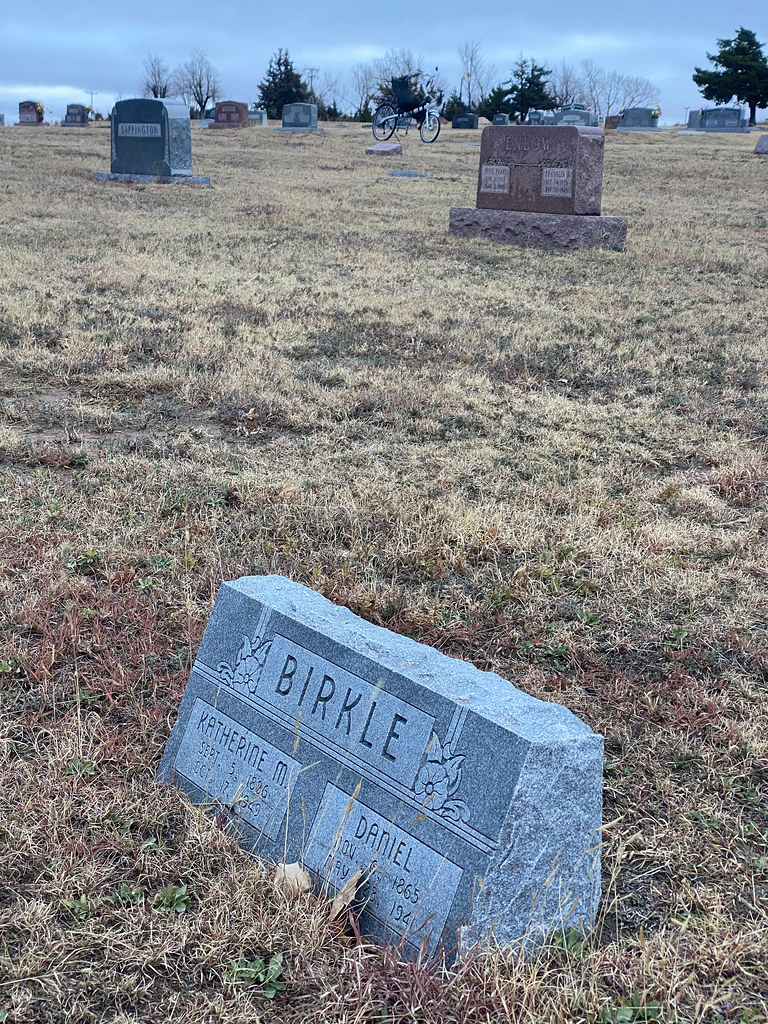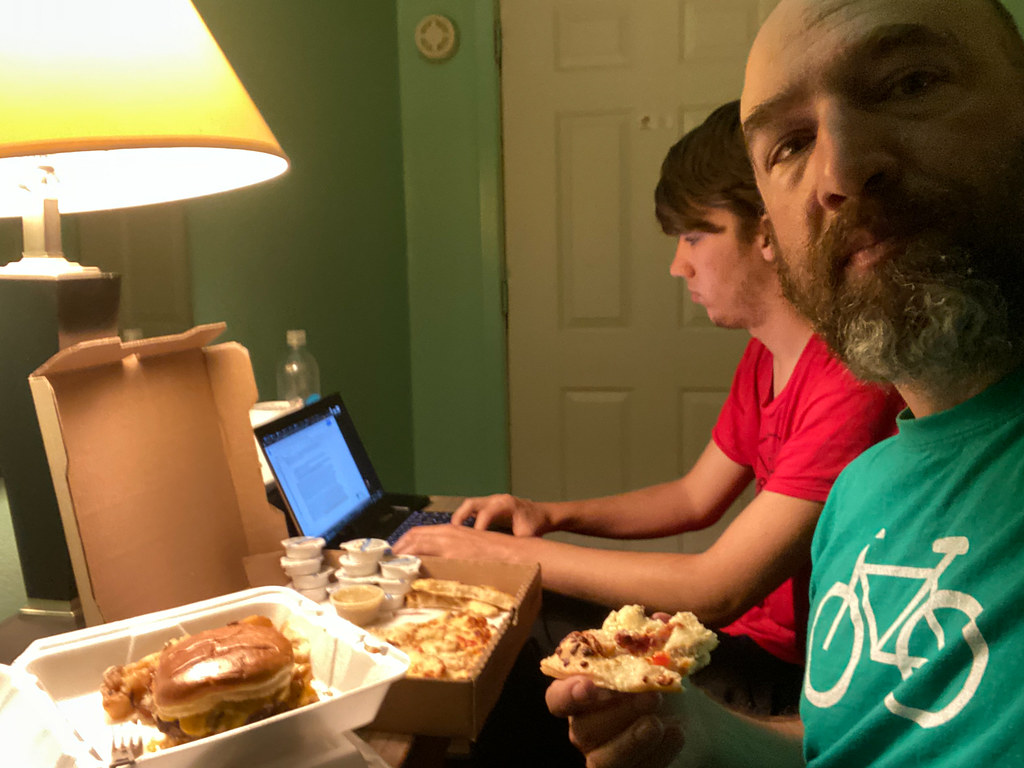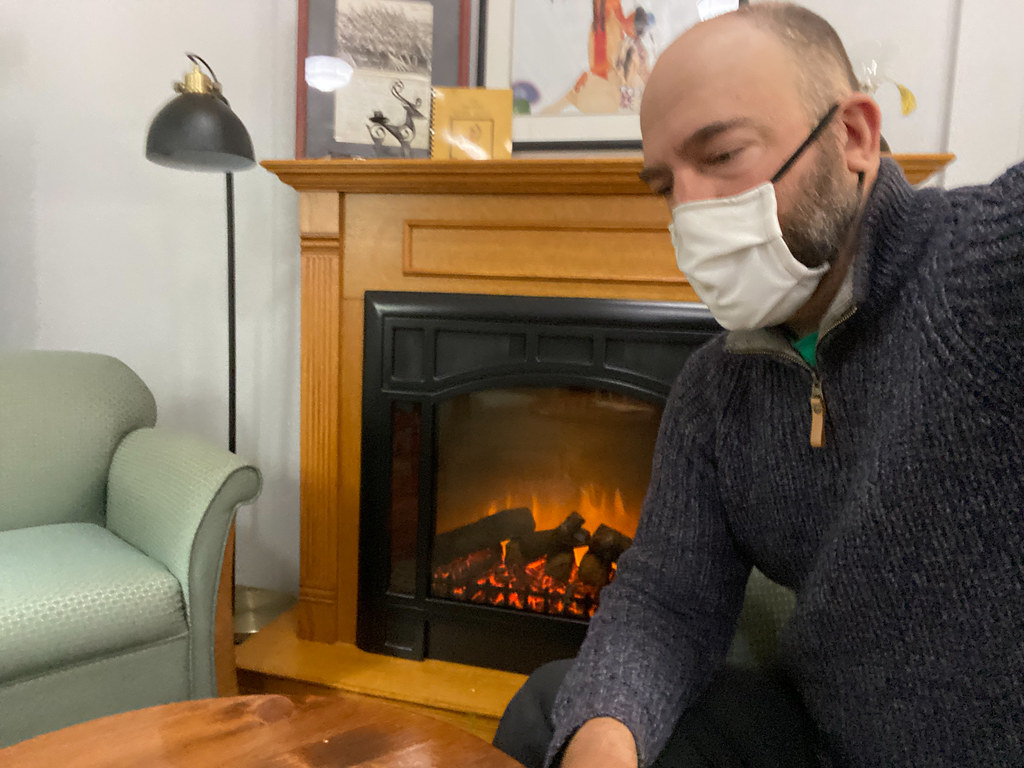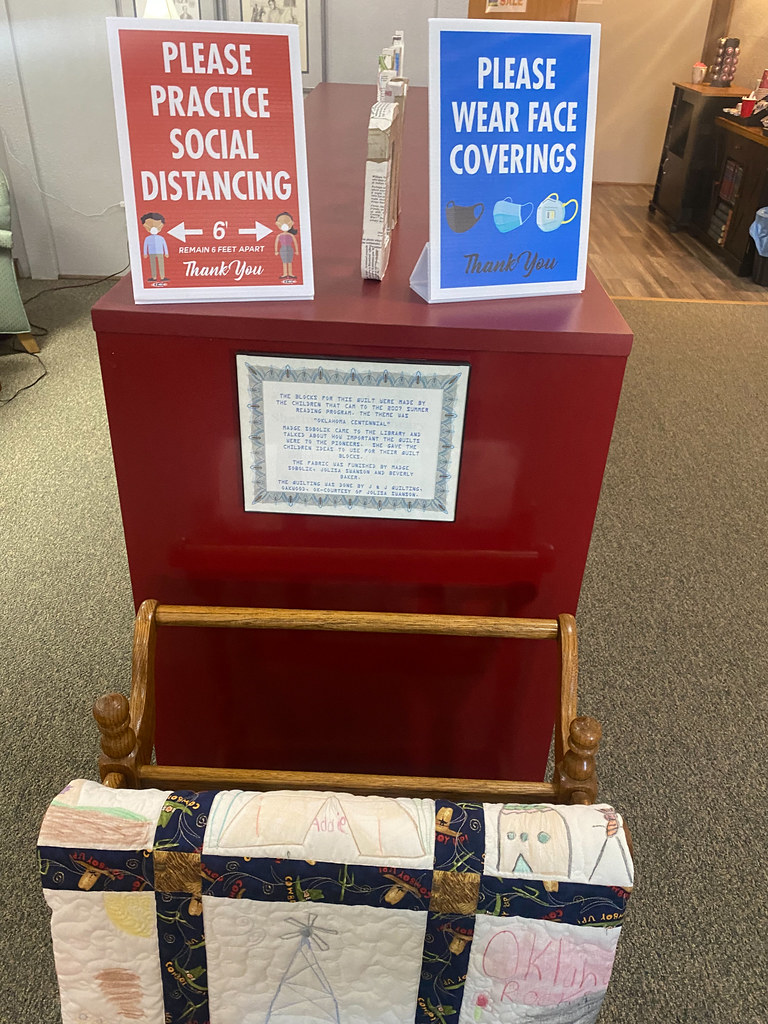Albuquerque to Shattuck Page 4
The crawl to Shattuck
November 23, 2020 Filed Under Uncategorized
Today would be a long day — way longer than we thought. We didn’t know that setting out, which is why we lingered in town and had a fine breakfast.
Around us the town hustled and bustled!
There was a “Museum Of The Plains” just north of the hotel that we should probably have checked out, but for some reason it didn’t feel inspiring.
We rode due east all day, ranging away from each other for most of the afternoon, then bunching together as evening approached. We reached the edge of the Texas panhandle and entered Oklahoma around 6pm, stopping for snacks in a tiny town right on the border.
THE QUOTABLE NICK, #8
Night fell, and the clouds thickened into a blanket and erased the stars. The wind began to push at us from the right side of the road. To keep our legs moving we paired our headphones and listened to a selection of Braindead Monkeys tracks, finishing up with Pavel Zmiewsky’s interview.
We were treated to a little chunk of midwestern spookyness as the mist thickened below the clouds and the moon came out.
Finally we reached Highway 283 and turned south for the final 10 mile stretch to Shattuck. We knew it would be tough because the wind had been blowing from the south with increasing intensity all night, and now we had to pedal straight into it, up and down a series of big rolling hills.
Since I had all my gear packed low on the bike – and a lot more practice with this sort of thing – I slowed down to about 3 miles per hour and chugged along in a straight line. Nick charged ahead, motivated by what he called “loud music and anger.” With teenage-adjacent angst powering his legs he kicked his way back and forth across the road and over the hills and arrived in Shattuck fully an hour ahead of me. While I was listening to Act I of Hamlet (performed by the Royal Shakespeare Company) and gazing out across the misty hills, Nick was unpacking his bags in our motel room.
When I finally arrived in town, I paused to take a short video showing just how nasty the wind was.
I went straight past the motel to the one food source that was still open – a Sonic burger stand – and bought several hotdogs and hamburgers. Nick joined me a few minutes later and we obliterated the meal, stuffing things into our faces as fast as we could chew them.
And finally, we were in Shattuck! Having covered so much ground on bikes, it really did feel like a remote place. Combining it with “The Worst Hard Time” audiobook also made it feel a bit like a journey into the past. Time to look around…
Exploring Shattuck
November 24, 2020 Filed Under Uncategorized
After lazing around in the morning for a long time, recuperating from the ride last night, we got out and took a look around.
Directly across the street from the hotel was an outdoor windmill museum.
The sheer variety on display was astonishing. And these were not whimsical pieces or art either, they were all designs that some inventor had settled on for a particular purpose — and then probably patented as well.
In the center of the windmill forest was a house, constructed in the prairie style. It was not new construction, but an actual homesteader’s house, built in 1901 and then transported to the outdoor museum and reconditioned, with the interior furnished to match the original time period.
Other structures had been brought along with it:
The interior of the house looked remarkably cozy!
But if you’re thinking about breaking in to have a more tactile look around, think again:
The interior was crawling with wasps!!
Best to stay outside and admire the place from a nice distance. If you want something else to do, you can read the bit of poetry posted at the corner of the park:
On the north side, separating the windmill museum from a small parking lot, was a low brick wall.
Each brick was stamped with the name of an early pioneer, and the date they arrived in the area. I wondered if I might find some relatives mentioned here.
It didn’t take long. The first one I found was Daniel Birkle.
Then a procession of others:
I was delighted, and took pictures of them all.
The windmills and the wall were fascinating, but there was more to see. The Shattuck cemetery was just down the street.
Like the windmill museum, there was no fence around the cemetery. Not a lot of vandalism or narrow disputes over property lines here.
Using a chart posted near the gazebo, I narrowed down my search.
And there it was: The same grave marker that my father located in 1981.
For comparison, here’s the photo he took back then:
After locating the grave I rode out to find some food, and got caught in a little storm as I returned to the hotel. Just a tiny reminder of the elements my ancestors had to deal with.
That was enough sightseeing for the first day. Nick and I both had work to do, and with the bad weather closing in, we hunkered down at the hotel.
The Shattuck Public Library
November 25, 2020 Filed Under Uncategorized
The next day I took another brief walk around the windmill museum again, enjoying the atmosphere.
Then I set out for the Shattuck public library, where I might find some additional info about the Birkel/Birkle family.
Along the way I took in some “local color”.
Unfortunately I didn’t have an ugly sweater with me, so I couldn’t stick around and take part in the Christmas parade.
The Shattuck public library was pretty cozy! It was also nice to see they were encouraging proper COVID protection measures. Not the norm here in the middle of the country.
When the old building got damaged, the library was relocated into a building that was previously a bank.
I didn’t have much luck browsing around, until a clerk offered to help and led me over to a very small section containing books related to local history and lore. There I found a self-published paperback, of only a couple dozen pages, that was almost exactly what I’d been hoping for: “The Other Germans: Settlements Of Germans From Russia In Oklahoma And Texas,” created last year by Philip C. Bryan, M.D.
I sat and read the book, making a bunch of notes, and photographing a few pages as well. One of the most exciting discoveries was an explanation for why my grandfather has changed his last name from “Birkle” to “Birkel” upon arriving on the west coast. He was trying to avoid mistreatment from other Americans who were suspicious of his Russian and/or German heritage during World War I.
I decided to take what I’d learned and combine it with the narrative my father wrote several years ago, to come up with as clear a picture of our Russian German past as we could manage. (That narrative follows in the next post.)
As I made my way back to the house, the sky looked ominous again. It would be another stormy night.
The Birkle Family – Germans From Russia
November 26, 2020 Filed Under Uncategorized
This is the story told to my father, Ben Birkel Jr., by Birkle uncles and cousins at the family reunion he attended in the summer of 1981 in Oklahoma; plus excerpts from “A Pioneer History of Shattuck” published in 1970; plus anecdotes from his mother and his own recollections.
Daniel Birkle, my great grandfather, was born in Dreispitz (Дрейшпиц) Russia, a settlement near the Volga river, on November 6, 1865. His parents were originally German, but had moved to Russia some time after 1763. They were part of a group of German families that moved there collectively, having been promised by Catherine The Great that they would be given land to cultivate, reduced taxes, religious freedom, and exemption from military service, as long as they farmed and maintained the land according to their relatively modern standards, and protected it from the nomadic Muslim tribesmen that would occasionally invade from the south.
When he was still a child, Daniel’s parents died of cholera and Daniel was raised by foster parents by the name of Gloss. By the late 1800’s most of Catherine The Great’s original promises to the German settlers had been nullified by subsequent Russian leaders, including the freedom from conscription, and as soon as he was an adult Daniel was ordered to serve in the Russian army. After several years he was discharged a lieutenant.
Fraternizing with non-German Russians was strictly forbidden, and Daniel returned directly to the German settlement. There he met Mary Dorothy Olenburger, and they married in 1890. (She was a Russian German also, born in Dreispitz on Christmas Day in 1873.) When they married, Daniel was about 24 and she was about 16. Not a particularly remarkable age difference in those times.
Their first child died at birth, but then they had a daughter Marie, and a son, Daniel Jr., followed three years later by another son, John. Cholera was still stalking through the settlements, and Daniel knew he would soon be re-conscripted into the Russian army and probably not survive. Mistreatment of the German settlers at the hands of the Russian government was growing ever worse, and after much deliberation, the family sought and found a way to come to America. They bundled up John (age 1), Daniel Jr. (age 4), and Marie (age 5), and Daniel and Mary (who was expecting another child at the time) joined the large exodus of German people who had vivid hopes of escaping to a better world.
Stealth was necessary because the Russian government did not want their productive German settlers escaping their grasp. First the emigrants had to leave the Volga river area and make their way overland nearly 1000 miles to St. Petersburg, where they could merge with larger groups of fleeing refugees to obscure their movements. The journey was not an easy one. Most members of this group traveled by foot and ox-drawn wagon, and at night whenever possible. Their vehicles deteriorated and finally broke down. The oxen eventually died. They continued on foot. Those that survived eventually crossed from Russia into East Prussia, where they found aid on their journey from a German underground organization.
(This would eventually prove to be a one-way journey: In 1918, during the Russian Civil War, the original village of Dreispitz was plundered for the last time, and burned down. Later – after World War II – Stalin declared the entire idea of Russian Germans a heresy and systematically broke up their families, shipping the men off to work camps and seizing their land.)
At Hamburg, Germany, Daniel and his family caught passage and traveled on the Pretoria. During the three week voyage on the Atlantic, Mary gave birth to their daughter, Olanda (Lillie). They docked in New York in 1898, but took a long time to get through immigration at Ellis Island since they could speak no English.
Eventually, the Birkle family moved west, and settled near Avard, Oklahoma, on rented land. While subsisting there, a fifth child Joe was born. Shortly thereafter they moved north of Waynoka and Ben Sr. (my grandfather) was born, in 1903. Daniel and his family completed naturalization and, in 1904, they crossed the Cimarron River and moved to Ellis County, settling four miles northwest of Shattuck on land granted to them by the government.
Their arrival on the Western plains may have felt familiar, if they knew the stories of what their own ancestors had been through when they first arrived at the Volga river: The land was utterly undeveloped. Long months or even years of back-breaking work would need to be done, clearing it, breaking the soil, and sowing the crops by hand. Only after several successful harvests would they even be able to consider constructing an actual house. They were very fortunate, for their land featured a flowing spring surrounded by big cottonwood trees (since gone).
At first, the family lived right next to the spring, in a dugout – essentially a hollowed out section of hillside with rudimentary reinforcement, a bit like a sod house – and worked the farm while building a permanent house nearby. This took years, but eventually they acquired a team of horses to help them, plus a bull and one cow. Homestead laws in Oklahoma prohibited residents from grouping together into villages — they were required to live on the land they claimed. With many hands to work in parallel, larger families found an advantage.
They built the house on a hill near the spring. It was made of rock and mud, with 18-inch thick walls and two rooms. When Ben Jr. (my father) was there in 1981 he took pictures of the remaining wall pieces and found some tools along with (what he assumed to be) clay marbles.
The window and door frames were made of split logs and the frame for the roof was made of rough two-by-fours with a shingled roof. The spring supplied their water for some time until they dug a well with a horse-powered drill.
On June 9, 1905, Mary Dorothy, Daniel’s wife, died in childbirth. She was 32 years old. Had they survived, her child would have been her 12th. Daniel buried her on the farm, on a little hill that she used to enjoy walking on.
The area is now open prairie but the grave itself has been hemmed in with freeway fencing to keep the cattle from stepping on it.
With the passage of time, Daniel was married again to Katie Armbrister from north of Gage. To this union ten more children were born.

Ben: "Thats my grandfather, on my Dad's side, with his second wife. This photo was taken back in Oklahoma." Garrett: "He's the guy who was living in Oklahoma during the Dust Bowl, and had like 19 kids, 11 by the first wife and 8 by the second or something?" Ben: "Yeah. Man, she looks a lot younger than him." Garrett: "A lot, yeah."
Only after the farm chores were done could the children play, fish in Pony Creek, and roam the hills (then with occasional groves of trees). The boys helped work the fields with horses and a walking plow, planters and “listers.” They planted all of the sod with “hand jabbers” and raised kaffir corn and broomcorn. Laughingly, Joe reminisced to my father, “Those boys were all broomcorn-pullin fools.”
They trapped skunks, possums, civet cats and muskrats, selling the furs. A skunk hide would go for about thirty-five cents, although the ones that were mostly black would bring as much as six dollars. Coyote hides brought a dollar and badger hides only fifty cents. Joe and Mary, who worked for Mrs. Brown in Shattuck, gave their earnings to their father, helping to sustain the large family.
The Birkles depended mostly on their own labor for food. They always had a large garden, raising enough potatoes and onions to last all year. The boys shot game for food. They butchered hogs (meat and fat for lard) and calves, made wurst and preserved some meat by salting it down and hanging it on high trees (or on the windmill) to dry, where it would keep all winter. The girls dried fruit and canned wild plums, grapes, and jellies. The family made sauerkraut in ten-gallon crocks, and picked barrels of apples. They roasted wheat and ground it into a coffee-like drink.
About the only “store bought” things were sugar, salt, pepper, flour, matches and natural tobacco leaves. The trip to town was made in a lumber wagon pulled by two horses or mules, though later a two-seated wagon was used. Going to town was a big event for the children, as they went only two or three times a year.
There were Sunday “get-togethers” at the creek where families would bring food, eat together, swim and fish. Saturday night meant baths, using a large galvanized tub in the kitchen, where it was warm. Joe remembered the smell of bread cooked over a wood stove, the value of a nickel, home-made lye soap and “cracklins.” After work was done evenings were full of laughter and play to the flicker of kerosene lamps. He referred to these as “the good old days.”
The first of the Birkle children went to the Maddox school north of Shattuck, a four-mile walk each way along dusty or muddy roads on the prairie and through the patches of trees. They usually shared a syrup bucket which served as a lunch pail, and jelly sandwiches.
Early-on it was necessary that the older boys go to school only on alternate years, since they were needed at home. Ben Sr. became embarrassed as a fourth grader because he was as big as the eighth grade boys, so he stopped going to school and focused on the farm.
Soon all the trees, wheat fields, and streams disappeared. Great clouds of locusts devoured all the meager growing things. The family tried raising rabbits, then turkeys (which could feed on the locusts), but to no avail.
Finally, they let the land go and moved on. Ben Sr. knew that if he stayed in Oklahoma his prospects were not good. The whole state seemed to be drying up and blowing away.
During his visit to the extended family in 1981, my father Ben Jr. heard the following story about the “Dust Bowl” years:
“It began to get dark in the early afternoon. We could see a black curtain coming up from the ground on the prairie in the distance. We all climbed down into the shelter except for Joe, who had to take care of some cows. There were terrible roaring and crashing noises as the wind got louder. We were scared. Suddenly the trap door opened, as if the wind was trying to tear it off, and we saw this dirt covered ‘thing’ stumbling down the ladder. It had red lines across its middle and smelled awful. Mother screamed but we realized it was our father who had fallen in the mud after he scratched himself running into a barbed-wire fence.”
Ben Jr. walked around inside Joe’s old house while he was in Oklahoma, left just as it was when Joe’s family had to abandon it. There were old newspapers and some linens in the drawers. Wires from a revolving wind vane on the roof generated enough direct current to listen to a radio in the evening. A drum was filled with “white gas” and small pipes leading into the house had mantels (like a camp lantern) on the ends which could be lit after pressure was built up with a hand pump. Outside the old swaybacked barn moaned and creaked in the breeze.
At the height of the Dust Bowl, Ben Sr. traveled to California with an Olenburger cousin who was acquainted with some farmers near Banta, CA, where they found employment.
During this time my grandfather changed the spelling of his last name to “Birkel,” probably to make it look less obviously German, due to anti-German bigotry that was greatly intensified at the time by World War I.
This is where the connection to Shattuck ends, and the story of my father Ben Jr. begins. That’s a pretty amazing story itself but it doesn’t fit with this travelogue about Birkles in Oklahoma, so we’ll stop here for now.
Wrapping up in Shattuck
November 27, 2020 Filed Under Uncategorized
I would have really liked to find the old family farmland and walk around on it — or at least known which parcel of land the farm used to be on, even if there was a warehouse or an industrial crop circle built over it now. But with only a few photos from 1981, the name “Pony Creek”, and an old topographical map, I couldn’t solve the mystery.
My conversations with locals didn’t scare up any new information. My father and I poked gamely around in satellite view, trying to reconstruct the route he remembered driving out of Shattuck to get there, but he’d made the journey only once, 40 years ago. Nick and I would have to be satisfied with a general impression of the area.
And an amazing impression it was. The late autumn colors and the layered flatness of the terrain were very unlike our California home, and the wide open sky above that terrain seemed to command our attention in a way that the skies back home rarely did. Everything up there was bigger: Massive clouds, sprawling sunsets, driving winds, fat raindrops. And we were at the mercy of that sky. Whatever it brought, fair or foul – or maybe even apocalyptic – there was no place to hide from it.
In fact, even with headwinds punishing us for several days of the trip, we’d been pretty fortunate. We could have had to pedal through lashing rain, or hide indoors while lightning blasted around us and the highways flooded. The one time the wind really picked up to something nasty and was hurling debris, we happened to be riding in exactly the same direction and were swept along, more than doubling our speed for the entire day.
All we had in Shattuck was a little wind and a sprinkle of rain, and otherwise the days were clear and crisp. I even got to work outdoors!
Our plan was to spend a final day here, then cycle east to Woodward and hunker down for a few days until a U-Haul truck became available. Then we would throw in the bikes and zip down to Fort Worth, poke around there for a day, and then the trip would be officially over with the loading of Nick on the train back to Los Angeles. Originally I thought we would be able to get to Fort Worth entirely by pedaling, but work hours and extra rest days compelled a change. We got to Shattuck; that was the main thing!
One more day of crossing this amazing terrain by bike. Time to make the most of it.

